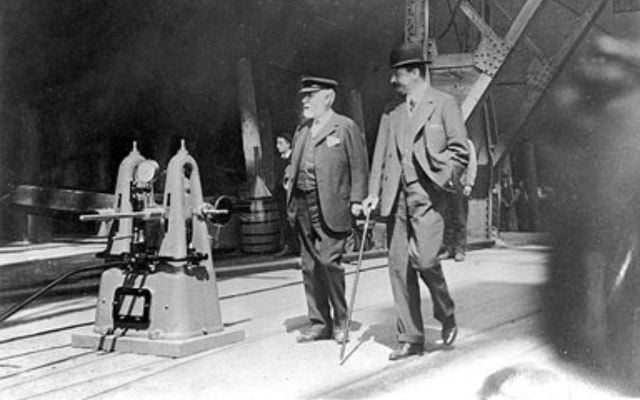Dan Hutton, Legislative Liaison, State Tax Commission In the past few months, many counties have received Memorandums of Understanding (MOUs) from the State Tax Commission (STC) requiring the county assessor to raise the assessed values on property to come into compliance with Missouri law and with the International Association of Assessing Officers (IAAO) standards adopted by the STC. We are writing to explain the ramifications of these MOUs and its impact on taxpayers. Missouri law requires the county to assess property at market value.
The IAAO standards require the county to assess property between 90% and 110% of market value. Your county assessor submits the county’s sales data to us, and we analyze the data by performing a ratio study. We perform these studies in non-assessment years.

This past year, we had 74 counties that fell short of achieving the required ratio for compliance, which is the most in recent memory. Some were as much as 30% to 40% below market value. According to Article X, Section 14 of the Missouri Constitution, we are mandated to ensure the fair and equitable taxation of property for all citizens across the state.
One way we ensure this is by requiring the county’s property assessment to comply with IAAO standards. This has led us to recommend raising the assessed values in some counties by 15%. However, it is important to note that this is a step in the right direction for many counties and not a measure that would bring them into full compliance.
This has led many assessors and citizens to believe that their property taxes are going to rise by the same 15% that we are requiring the county to raise assessed values. However, this is not the case. Under the Hancock Amendment, taxing jurisdictions like schools, ambulance, and fire districts can only increase revenue by the amount of inflation as calculated by the STC annually or 5%, whichever is less.
A taxing jurisdiction is required to lower its voter-approved tax rate to comply with this amendment when the current rate would produce revenue that would exceed this growth rate. This year, we calculated that number to be 2.9%.
So, at most, the MOUs we sent to counties should, on average, raise property taxes by no more than 2.9%. Given this, it would be better for counties to raise assessed values to fully come into compliance because the property taxes under the Hancock Amendment would only be triggered once.
However, many of the county assessor offices are understaffed and would be unable to comply with state statutes requiring a physical inspection for an assessed value to rise more than 15%. For this reason, we have focused our efforts here at the STC on working with counties to gradually raise market values to achieve compliance. The system under the Hancock Amendment works when agencies and taxing jurisdictions play by the rules.
We are here to ensure that our tax system remains fair and equitable for every citizen. If you have any questions, please tell free to contact us at [email protected].
gov. Gary Romine, Chairman, State Tax Commission; Debbi McGinnis, Commissioner, State Tax Commission; Greg Razer, Commissioner, State Tax Commission..
Business

State Tax Commission explains assessor’s reassessment
Dan Hutton, Legislative Liaison, State Tax Commission In the past few months, many counties have received Memorandums of Understanding (MOUs) from the State Tax Commission (STC) requiring the county assessor to raise the assessed values on property to come into compliance with Missouri law and with the International Association of Assessing Officers (IAAO) standards adopted...















